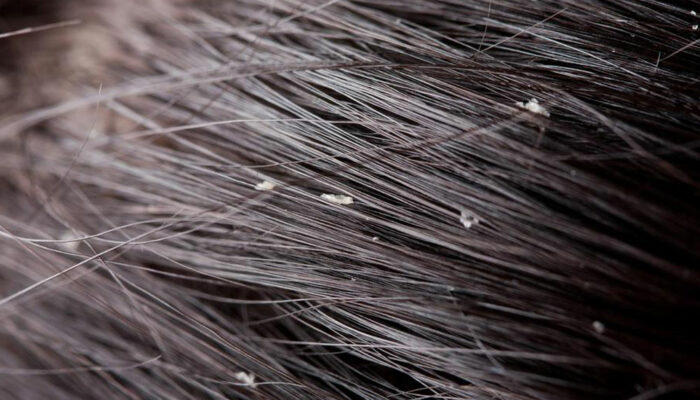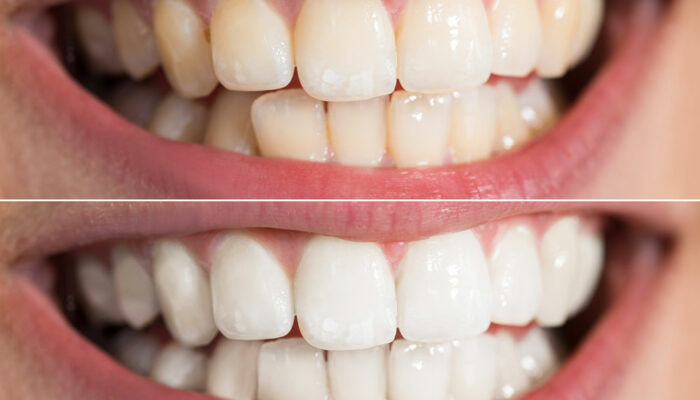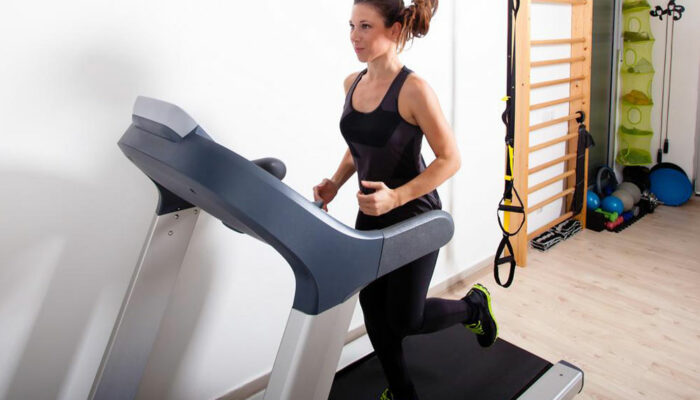
Treatment for Spinal Muscular Atrophy
Spinal muscular atrophy is a condition in which the muscles waste away, and it occurs due to a lack of exercise and physical activity. In most cases, muscle wasting can be a result of the lack of mobility after an injury or disease that makes it difficult for patients to move a limb. Over time, that particular limb appears smaller than the other. Spinal muscular atrophy is a genetic condition that affects the skeletal muscles, the central nervous system, and peripheral nervous system. The condition can be treated by a proper diet, exercise, and physical therapy.
Treatment options for spinal muscular atrophy
The treatment administered for spinal muscular atrophy is a form of gene therapy that alters the genetic makeup involved in the condition.
FDA-approved medications for the condition are:
- Nusinersen (Spinraza)
- Onasemnogene abeparvovec-xioi (Zolgensma)
Nusinersen: This medicine alters the SMN2 gene and makes it produce more protein. It is injected into the fluid around the spinal cord; the procedure extends over 2 hours and has to be done multiple times. This procedure is followed by periodic doses every four months, and about 40% of the patients who have used it have benefited. Both children and adults can use this medication.
Onasemnogene abeparvovec: This medicine replaces the problematic SMN1 gene as is used for children under 2 years of age. The doctor will put a catheter (a tiny tube) into a vein in the child’s arm or hand and send a copy of the SMN gene is through the catheter into a particular set of motor neuron cells. This procedure only requires to be carried out once.
Other methods that help manage spinal muscular atrophy
- Breathing: The weak muscles keep the air from moving properly and consistently through the lungs, so patients can use a special mask or mouthpiece to ease this symptom. If the condition is very severe, a machine is used to facilitate breathing.
- Nutrition: The weak muscles in the mouth and throat can cause problems while swallowing food or saliva due to this condition. Patients may not receive the right amount of nutrition, but feeding tubes can be used for children after consulting a nutritionist to manage this symptom.
- Movement: Exercises, physical therapy, and occupational therapy can help protect a child’s joints and improve muscle growth. Using equipment like leg braces, an electric wheelchair, or a walker are some of the treatment options for spinal muscular atrophy patients.
- Back issues: When spinal muscular atrophy affects a child, the child may develop a curve in their spine. A back brace is mostly suggested by a doctor to assist with posture while the child is still growing. If the child is past the growing stage, they might need surgery to fix it.
Apart from these measures, a person affected by spinal muscular atrophy might have to visit the following doctors for treatment options:
- Pulmonologist
- Neurologist
- Orthopedist
- Gastroenterologist
- Nutritionist
- Physical therapist



